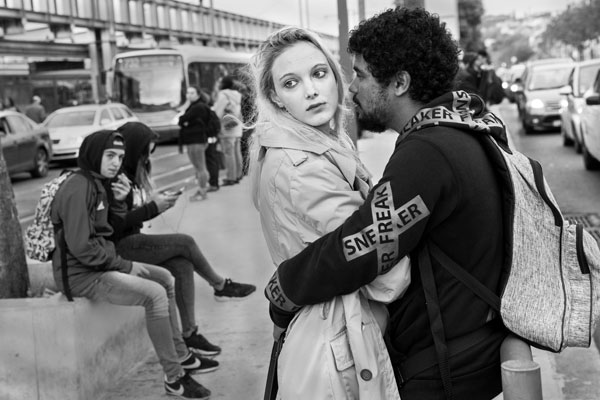Framing Streets Fundamentals Explained
Framing Streets - Truths
Table of ContentsFraming Streets for BeginnersNot known Details About Framing Streets Little Known Facts About Framing Streets.Fascination About Framing StreetsThe Best Guide To Framing StreetsThe 8-Minute Rule for Framing Streets
, typically with the objective of catching photos at a crucial or emotional minute by mindful framing and timing. https://www.mixcloud.com/framingstreets1/.
, who was inspired to embark on a similar paperwork of New York City. As the city established, Atget aided to promote Parisian streets as a worthy subject for digital photography.

All About Framing Streets
Martin is the initial tape-recorded digital photographer to do so in London with a masked camera. Mass-Observation was a social study organisation established in 1937 which aimed to videotape daily life in Britain and to videotape the responses of the 'man-in-the-street' to King Edward VIII's abdication in 1936 to wed separation Wallis Simpson, and the sequence of George VI. The principal Mass-Observationists were anthropologist Tom Harrisson in Bolton and poet Charles Madge in London, and their first record was produced as the publication "May the Twelfth: Mass-Observation Day-Surveys 1937 by over two hundred observers" [] Home window cleaner at Kottbusser Tor, Berlin, by Elsa Thiemann c. 1946 The post-war French Humanist College professional photographers discovered their topics on the road or in the view publisher site bistro. Andre Kertesz.'s extensively admired Images la Sauvette (1952) (the English-language version was titled The Decisive Minute) advertised the concept of taking an image at what he described the "definitive minute"; "when type and content, vision and make-up merged right into a transcendent whole" - Lightroom presets.
3 Simple Techniques For Framing Streets
The recording maker was 'a hidden cam', a 35 mm Contax hidden under his layer, that was 'strapped to the chest and linked to a lengthy cord strung down the right sleeve'. His job had little modern impact as due to Evans' level of sensitivities concerning the creativity of his task and the privacy of his topics, it was not published up until 1966, in the publication Numerous Are Called, with an intro created by James Agee in 1940.
Helen Levitt, then an educator of kids, connected with Evans in 193839. She documented the temporal chalk illustrations - vivian maier that belonged to youngsters's road society in New York at the time, in addition to the children who made them. In July 1939, Mo, MA's brand-new photography section consisted of Levitt's work in its inaugural eventRobert Frank's 1958 book,, was significant; raw and commonly indistinct, Frank's images questioned traditional digital photography of the time, "tested all the official rules laid down by Henri Cartier-Bresson and Pedestrian Evans" and "contradicted the wholesome pictorialism and sincere photojournalism of American publications like LIFE and Time".